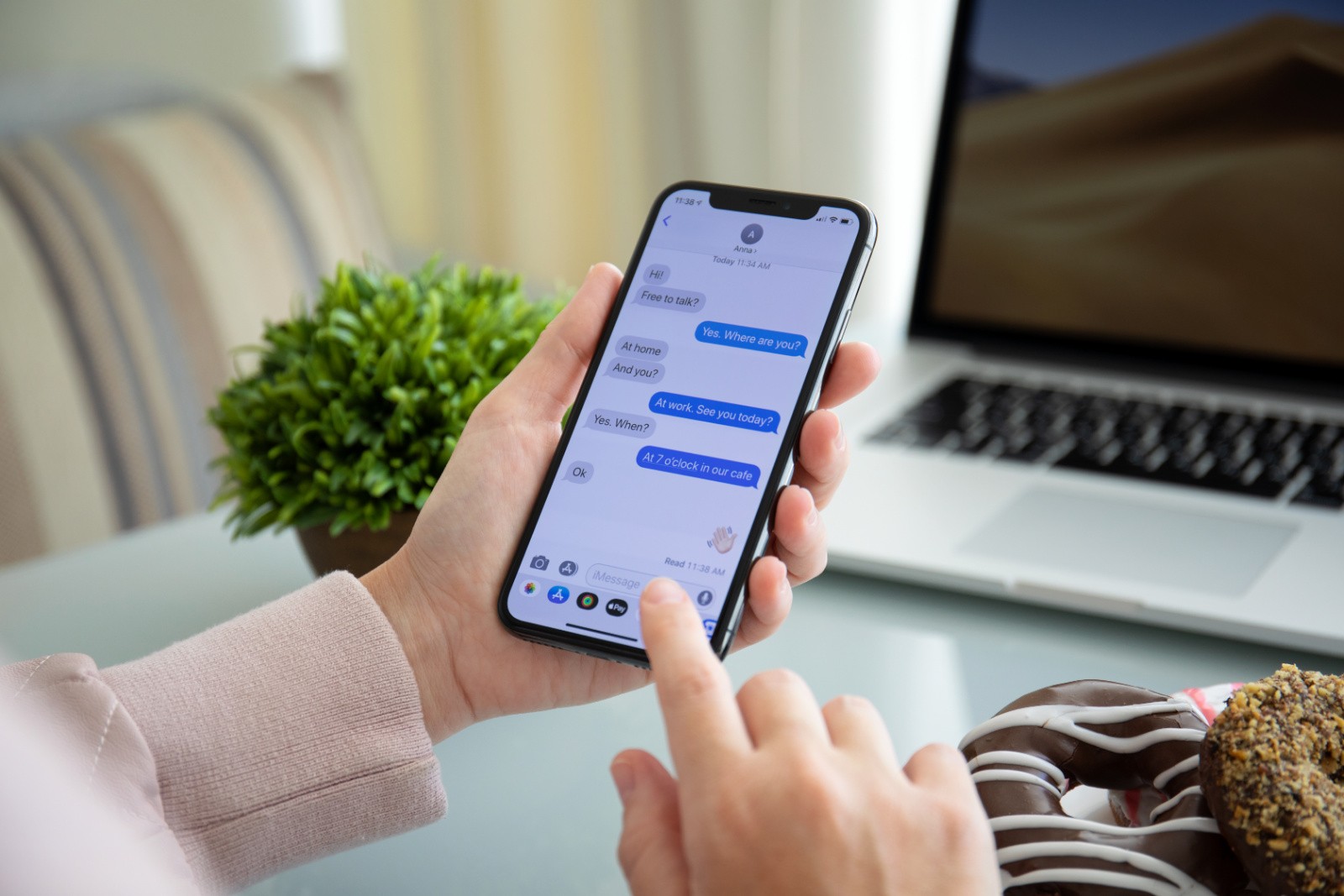Did you know you can send and receive international iMessages free? Yup, totally free.
iMessage remains the most useful feature on iPhones and iPads because it completely changed the way people ‘text’ each other.
But there’s still a lot of confusion over the difference between a text and an iMessage, because they’re not the same thing (even though they both exist within the ‘Messages’ app).
Text message vs. iMessage
A text message is sometimes known as an SMS, which stands for ‘Short Message Service.’ When you send photos, videos, GIFs, or other fun attachments, a text becomes an MMS (‘Multimedia Messaging Service’).
Whether an iMessage is plain text, a string of emojis, a funny GIF, a photo, or one of those cool new iOS 17 custom stickers, it’s still just an iMessage.
Phone carrier vs. internet
Text messages are connected to phone numbers. There’s no way around it. It’s only considered a text message (or SMS, or MMS) if it’s being sent from a phone number to a phone number.
iMessages are sent over the internet. While iMessage can be connected to a phone number, iMessages actually rely on your Apple ID — the email address that lets you log into iPhones, iPads, etc. So as long as you have the internet on an iOS device, you can send and receive iMessages.
Android vs. iPhone/iPad
Text messages can be sent between phone numbers on any device, but iMessages can only be sent between iOS devices (iPhones, iPads, etc.).
So if you have an iPhone but you want to chat with someone who has an Android phone, you’ll need to either (A) exchange text messages, or (B) use a messaging app that works on both phones, like Hushed or WhatsApp.
Benefits of free international iMessage
Since iMessage doesn’t rely on a phone carrier, it’s perfect for sending and receiving messages to people in other countries, all without long-distance charges.
1. Free communication with people who live far away
You have a free way to communicate with family and friends who live somewhere else, whether they’re a few hours away or a multi-day trek away, and never pay long distance charges.
2. Nothing changes when you travel … or they travel
If you’re travelling (or if they’re travelling), you can communicate with people just as easily as you do when you’re at home. Nothing changes with international iMessage, as long as you’ve both got an internet connection.
3. No phone number required
Since an iMessage travels over the internet, no one needs to have a phone number set up to use it. In fact, little kids usually start iMessaging family members when they have an old hand-me-down iPad, iPhone, or iPod Touch. All you need is an Apple ID email address!
4. No long distance charges
iMessages run over the internet, so while they use a microscopic bit of data, they are never charged individually like text messages.
How to iMessage internationally
Travelling soon, or just chatting with someone who lives abroad? If you want to take advantage of free international iMessages, here’s how to make sure everything’s set up correctly:
1. Make sure your Apple ID is connected
Sometimes people think they’re sending an iMessage (blue bubble) when they’re actually sending a text message (green bubble) since they live in the same place.
Settings > Messages > Send & Receive > Make sure your Apple ID email address is checked off under ‘You can receive iMessages to and reply from.’
2. iMessage should be toggled on
iMessage is almost definitely toggled on already, but this is a good thing to check if your iMessage isn’t working properly.
Settings > Messages > Make sure iMessage is toggled on
3. Connect to the internet (via Wi-Fi or mobile data)
If you’re at home, make sure you’re on solid Wi-Fi or data connection. Without the internet, iMessage won’t work (locally or internationally).
If you’re travelling, consider a downloadable SIM card (eSIM) for your destination so you can have affordable, local data while you’re there.
If you don’t have data and you’re relying only on Wi-Fi, remember that you won’t be able to send or receive an iMessage unless you have an internet connection.
It takes two to iMessage
If you’ve followed the steps above but the person you want to chat with hasn’t, you won’t be able to iMessage with them. Both iOS devices need to be able to ‘talk’ to each other correctly.
If you want to send an international iMessage to someone who might not be comfortable with their iPhone settings, make sure they have an internet connection, that their iMessage is toggled on, and that their iMessage is properly connected to their Apple ID.
Once you’re both set up with iMessage, you can chat back and forth, send custom stickers, do check-ins, and stay in touch for free … no matter where you are!





